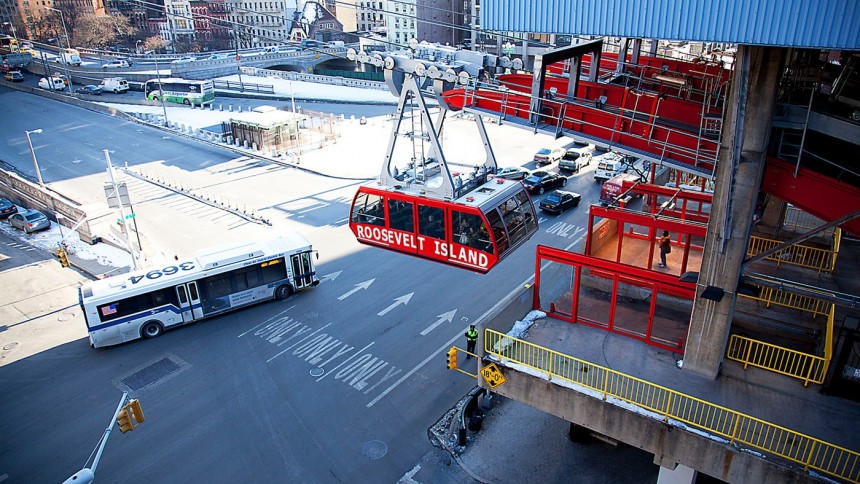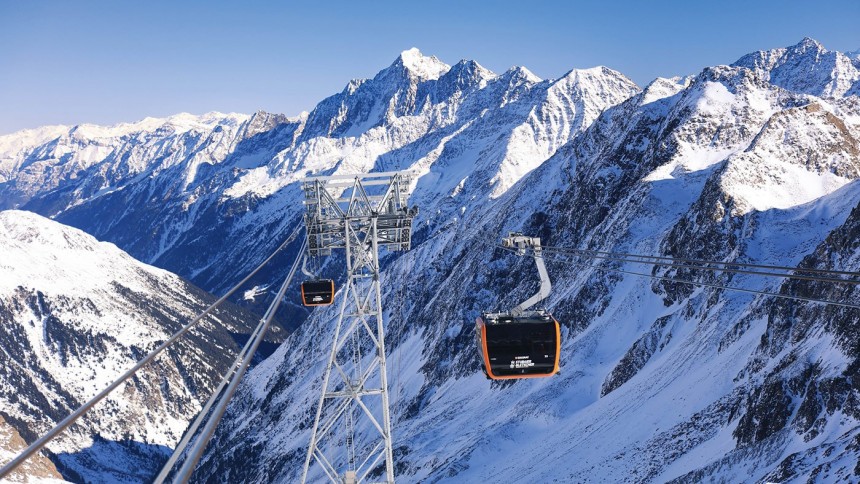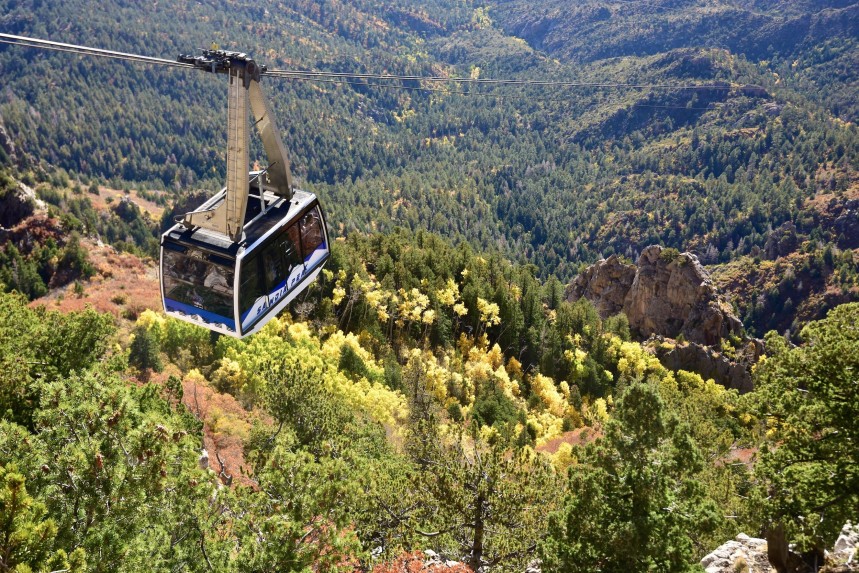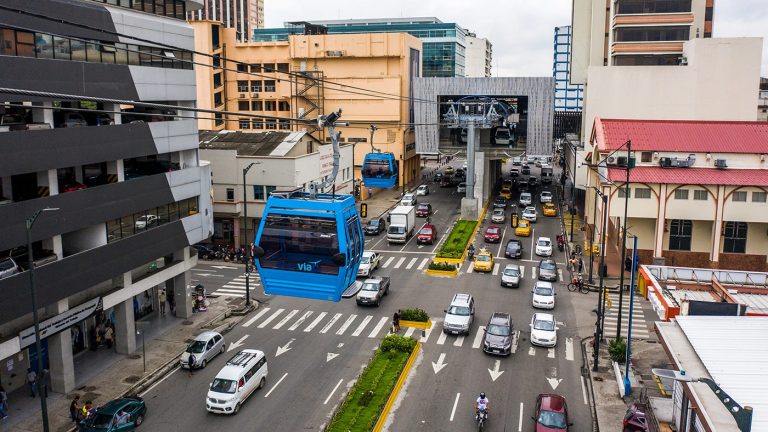Did you know that more than 15 states in the United States use cable cars as a means of transportation to and from destinations? If you've skied in Colorado or visited certain parts of New York, you know what I'm talking about. Well, New Mexico is home to the third longest “cable transportation system” in the world, Sandia Peak, and all of this got me thinking: What does the future of transportation actually look like?
First and foremost, we need to take a closer look at where these systems are used and why, and as I explored aerial cable cars and how they work, I noticed a trend: These babies are often used in mountainous and hilly areas, and not so much on flat areas of land.
Well, the idea behind the aerial lift system (ropeway) dates back to the 17th century by Croatian scientist Fausto Ferrenzio, and by 1644, the first working system was devised, and like most other inventions that have ever come out, it was the first working system used by the army to build… Defenses. Oh, and don't confuse today's topic with another type of cable car, the rail-guided cable car invented by Andrew Smith Halliday for San Francisco in 1873.
Fast forward two hundred years later, another European country would see its second aerial cable car: Germany, but this time, steel would finally be part of the equation. Push the front button a little more, and these days, Bolivia, India, China, the United States and Europe seem to have the highest concentration of these aerial systems, and for good reason: the benefits of aerial vehicles and cable cars seem to outweigh their drawbacks by far, if any.

Photo: Lightner Puma from America
Let's start with how to design such a system. First of all, the rope system, in its basic version, consists of a driving wheel, a bull-wheel, and one continuous loop of cables, with clear gondolas spaced along a steel “chain.” Oh, and only the steering wheel is turned and consumes energy for these trips.
How much energy? This is where I was blown away. On average, the cable car will consume only 0.1 kilowatt hours The ability to move around one person, one kilometer in one direction…what!? That's 86 calories for you and me, and if I'm not mistaken, there are more calories in a small Snickers bar! Yes, 488 calories per 100g in Eternal Caramel, and the bar weighs about 50g. In short, the energy needed to move you on a gondola is equivalent to the amount of energy you find in a Snickers bite. With that in mind, I feel like it's safe to say we might as well address this whole thing Eve The wave is all wrong.
Now, all those gondolas, some of which can carry up to 60 or more passengers, move around the clock, carrying people to and from destinations like conveyor belts in a Chinese factory. Just to give you an idea of how many people use these things, according to our sources at Leitner-Poma, one of America's leading designers, manufacturers and ropeway installation specialists boasts that its systems are responsible for a travel capacity of 8 million people per hour. Think about that for a second. Their work can be monitored in 61 countries around the world.

Photo: Lightner Puma from America
The question now remains why not every city in the world uses these systems. Well, there are several factors, one of which is still the current wave of personal vehicles that we've been stuck in for decades. We love the privacy of our cars and motorcycles and the ability to roam freely.
Next, we have the terrain. Simply put, most cities will need to make changes to their existing infrastructure to implement such systems. I'm sure you've seen the network of towers and cables that accompany these alternative transportation systems.
Well, not all cities can handle or want to handle the changes needed to add a better way to travel, not to mention all the essential commercial contracts that could be lost while adopting a ropeway; Wink wink.
In the long run, it will be better, but we want our profits now, not in 10 to 15 years. High initial investment costs also do little to help ropeways get off the proverbial ground. Then there's weather dependency, problems that seem to have been solved by the current cars we drive and rent, for now, anyway.

Photo: Jay Blackwood
This brings me to the future of this industry: where is it headed? Well, there's big business in this timeless way of travel, with sources even saying the industry is potentially worth billions of dollars. We just need to start making a shift in thinking and action across our urban jungles.
Speaking of such transformations, countries and cities that have adopted this method of transportation have seen significant impacts on their populations. According to an article on the impact of aerial cable cars in La Paz, Bolivia, residents have already abandoned their personal cars in favor of ropeways. It might have something to do with floating high above the rest of the city on an almost silent transit system; Don't mind the occasional squeak.
Oh, and we're also getting better and faster at building ingenious ways to help reduce costs, fully automate these systems, and get them in place sooner rather than later. We just need to see things a little differently, and with a little push, the future is sure to be atmospheric, but not what you thought.
Obviously, these aren't the only factors in the success or otherwise of ropeways, so feel free to share how you feel about the industry, where it's headed, and why things are the way they are.

